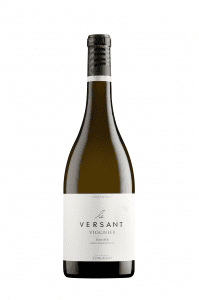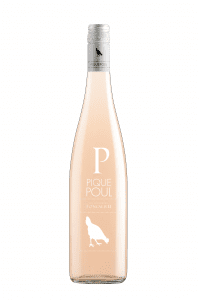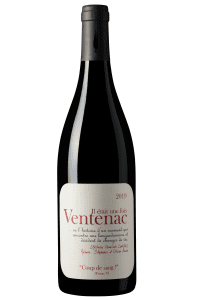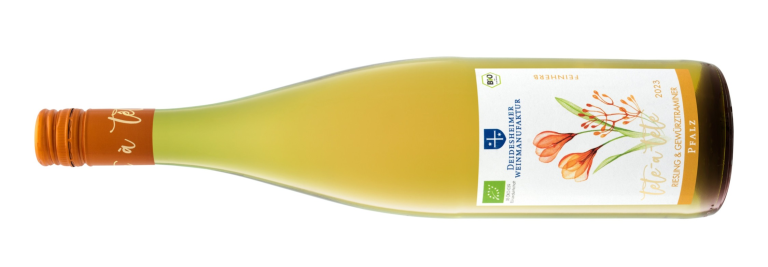Currently the air is full of talk about how attitudes, organisations and even nations will have to change in the post-Corona world.
Well, one area that can talk with authority about re-inventing itself (certainly in respect of wine) is Languedoc.
Until about 30 years ago, the region was the everyday “vineyard of France” – and, possibly, the world – producing oceans of light, straightforward (largely) red wine of, shall we say, limited character.
Led by determined guys with shrewd business senses and the resilience to face down often fierce opposition within France, things changed remarkably.
Adopting (rather than trivialising and dismissing) what New World producers had done, impressive fruit-forward wines started to emerge.
Nowadays, the great value, well-made varietals of Languedoc are a fixture in the wine world – rightly winning plaudits from commentators from far and wide (including from this website).
Today, though, I want to step beyond that part of the market and look at some of the more unorthodox and cutting-edge winemaking in the region.
My particular focus is on two producers – the extensive Les Vignobles Foncalieu based in Arzens near Carcassonne and Maison Ventenac a few kilometres away.
Some of the wines discussed are only just coming into this country so I can merely give you a steer about suppliers but do keep an eye on the excellent Wine-Searcher website.
By seeking out and trying these wines you will, however, be well ahead of the curve.
Perhaps not so unconventional nowadays

Although a range of French producers (especially those with granite rich soil) soemtimes grew a little viognier, until recently its main homeland was Condrieu in the Northern Rhone.
However, the new guard of Languedoc producers recognised that parts of their patch could also offer the long, warm (but not excessively hot) conditions in which this quite fickle variety could prosper.
For a good example of the result, seek out the scented but youthfully fresh 2019 Versant Viognier (£ 9.99 at www.finewinesdirectuk.com and 13.5%) with its peach, ripe melon and tangerine fruit built into a creamy viscosity containing a few nutty hints.
Ah! but this is a surprise

Foncalieu – the architect of that viognier – was also the first producer to plant Iberia’s albariño in France and in doing so demonstrated the diversity of terroirs within Languedoc since – unlike viognier – this particular variety is a mud lark seeming to need maritime conditions to flourish.
See how well it has adapted though by sampling the gold coloured slightly saline 2019 Sillages Albarino (£11.90 at www.lebonvin.co.uk and 13%) with its pear and greengage fruit, late arriving grapefruit and lemon acidity, suggestion of spice and herbal but pithy texture.
Also available in red

We are now pretty familiar with the delights of the white grapes in picpoul de pinet but the dark skinned picpoul noir is something of a rarity – some estimates identifying only 200 hectares of it in France.
Most of that goes to add perfume and colour to blends but here it appears just on its own and in a rosé – where it has sufficient power to provide a more versatile food companion than, say, pinot noir driven rosé.
Light with fruit- based aromas, 2019 Piquepoul Coteaux d’Ensérune Rosé (£9.70 at www.tanners-wines.co.uk and 12.5%) has soft cranberry, cherry and gooseberry fruit with gentle acidity and an almost chocolate depth.
Creating a rosé from this variety was an inspired piece lateral thinking that exemplifies not only Foncalieu’s inventiveness but their ability to execute the plan brilliantly too.
Now for the actual reds
While Les Vignobles Foncalieu is a union of cooperatives with over 50 years of history and containing 650 winegrowers, Maison Ventenac is much more of a niche affair.
Admittedly, though, winemakers Stephanie & Olivier Ramy, are the third generation of the family to run its operations.
The area around their vineyards near the village of Ventenac- Cabardès is authorised to use a wide range of grape varieties and that – plus the limestone and chalky soil – helps them produce particularly distinctive wines.

Although they produce an excellent, intense orange and apple influenced white wine from colombard and chenin blanc, it is on their red wine that I would like to concentrate.
I was intrigued to see how a blend of cabernet sauvignon and cabernet franc would work outside Bordeaux – especially in this version without sulphides and, possibly, with natural yeasts too.
I thought that 2018 Maison Ventenac Coup de Sang (Talk to www.graftwine.co.uk – and 14%) was magnificent with its dense, full, blackberry and mulberry fruit, firm but proportionate tannin and mint, dark chocolate, liquorice and smoky green pepper elements too.
And then to merlot

The name and label of the next wine is something of a push back against the film “Sideways” and those who failed to see the screenwriters joke about merlot – but when you make versions of the grape this good you can get away with a bit of angst.
Aromatic and intense, 2019 Maison Ventenac L’Idiot (Enquiries to www.oxfordwine.co.uk and 13.5%) has ripe plum fruit, good acidity, limited tannin with mint, star anise and mocha influenced richness.
But that strictly factual assessment fails to capture the sophistication of this wine; to me, it is an excellent merlot that stands comparison against many that cost appreciably more.
After this focus on the unorthodox, it is “business as usual” on Monday with our latest look at the latest set of promotions and a couple of well-priced wines that I think you will enjoy.








